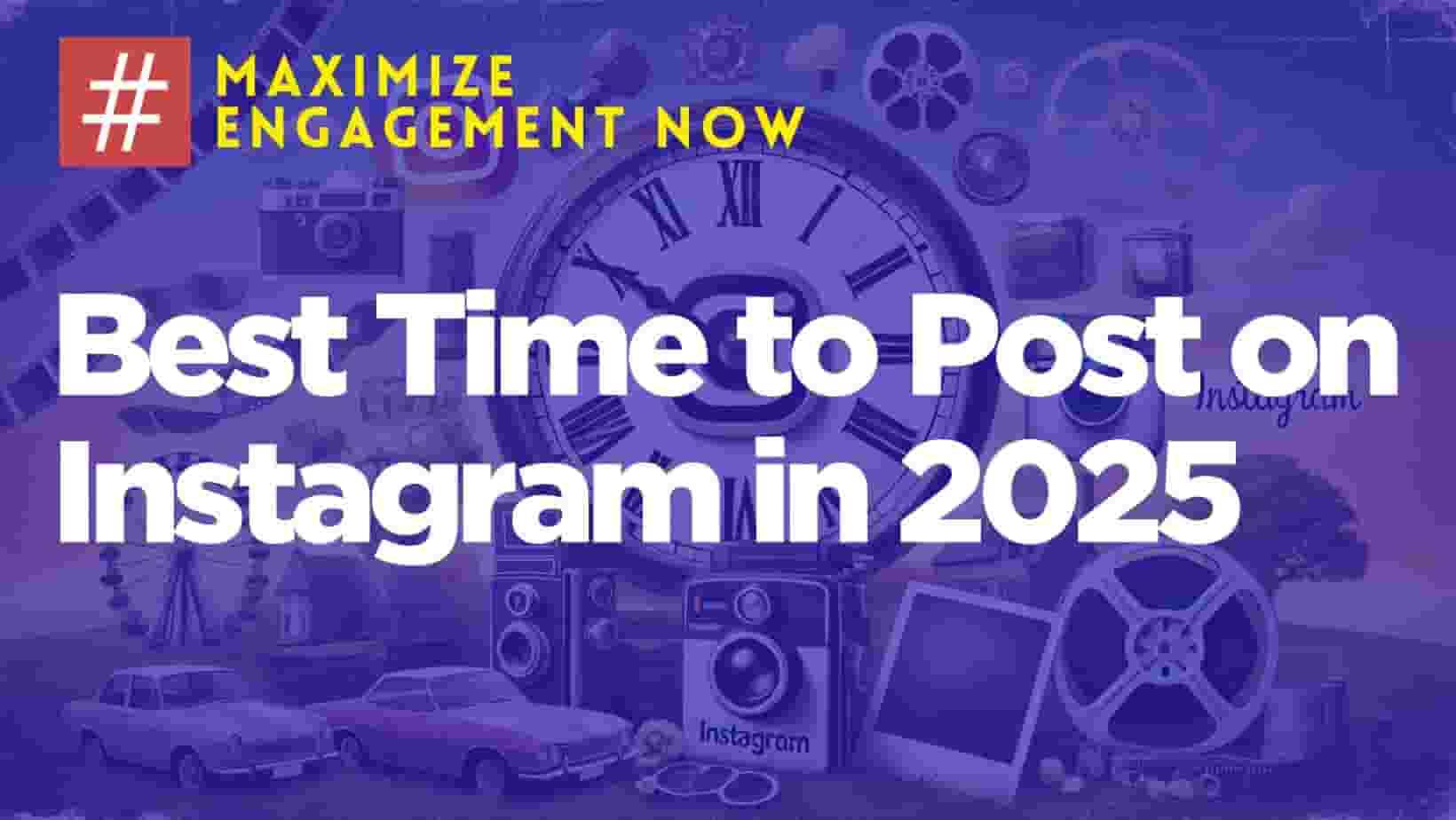People Don’t Read Online—They Scan: 9 Patterns & 10 Readability Tips

In today's fast-paced digital world, most users don’t read online content word-for-word. Instead, they scan through pages to find the information they need quickly. Crafting content that aligns with this behavior is crucial for increasing engagement, improving user experience, and building trust with your audience. Here’s how to write for online readers who scan rather than read.
The way people consume content online has evolved dramatically. Today, users don’t read—they scan. If your content isn’t scannable, you risk losing engagement, traffic, and credibility. This guide explores nine common eye-scanning patterns and ten actionable tips to adapt your text for maximum readability.
Why Do People Scan Online Content?
People scan because they seek quick answers, valuable insights, or engaging visuals. Dense paragraphs and unstructured layouts overwhelm readers, pushing them to abandon pages. Understanding this behavior is crucial for creating content that engages and retains your audience.
9 Eye-Scanning Patterns You Should Know
1. F-Pattern
One of the most common patterns, the F-pattern occurs when users read the first few lines fully and then skim down the left-hand side of the content, occasionally looking horizontally.
2. Z-Pattern
Primarily found on simpler designs like landing pages, users skim content in a Z-shape, starting from the top-left to the top-right, then diagonally down to the bottom-left, and finally to the bottom-right.
3. Layer-Cake Pattern
Readers focus on headings and subheadings, skipping the body text unless something catches their interest.
4. Commitment Pattern
In this pattern, users read line by line, often seen when content is exceptionally engaging or relevant.
5. Spotted Pattern
Readers scan for specific keywords, bullet points, or highlighted sections that match their intent.
6. Marking Pattern
Users mark sections of interest to revisit later. This is common in longer content pieces like tutorials or whitepapers.
7. Bypassing Pattern
Here, readers intentionally skip large sections, looking for visually distinct elements like images, infographics, or call-to-action buttons.
8. Centered Pattern
Users focus primarily on the center of the page, especially when visuals or key information is positioned there.
9. Dual-Column Pattern
Seen on pages with sidebars, users alternate between scanning the main content and supplementary information in the sidebar.
10 Ways to Adapt Text for Maximum Readability
1. Use Short Paragraphs
Keep paragraphs concise, ideally under three lines. This prevents overwhelming the reader and maintains their focus.
2. Incorporate Headings and Subheadings
Break content into smaller, digestible sections using descriptive headings. Ensure headings clearly outline the section’s content.
3. Add Bullet Points and Lists
Lists make it easier for readers to grasp key information quickly. Use bullet points for simplicity or numbered lists for sequential steps.
4. Highlight Key Information
Use bold or italic text to emphasize important points, ensuring they stand out during scanning.
5. Leverage Visual Hierarchy
Organize content with varying font sizes, colors, and weights to create a clear flow.
6. Use Images and Infographics
Visuals like charts, images, and infographics capture attention and break monotony.
7. Optimize White Space
Adequate white space improves readability by reducing visual clutter and allowing the eyes to rest.
8. Include CTAs (Call-to-Actions)
Place clear and actionable CTAs in logical places to guide readers through the content.
9. Add Hyperlinks Thoughtfully
Link to reputable sources for additional context. Use no-follow backlinks to maintain SEO integrity and avoid diluting your link equity.
10. Test Readability
Use tools like Hemingway or Grammarly to assess readability scores and ensure your content is accessible to a broad audience.
Why Readability Matters for SEO
Google’s algorithms favor content that provides value and retains users. Readable, well-structured content reduces bounce rates, increases time-on-page metrics, and boosts your chances of ranking higher on search engine result pages (SERPs).
Featured FAQs
Why do people scan online content instead of reading it?
People scan online content because they prioritize efficiency, seeking quick answers or specific information rather than reading every word.
What are the most common eye-scanning patterns?
The most common patterns include the F-pattern, Z-pattern, layer-cake pattern, and spotted pattern, among others.
How can I improve the readability of my online content?
Improve readability by using short paragraphs, descriptive headings, bullet points, white space, and visuals. Tools like Hemingway can help ensure your text is scannable.
What is the F-pattern in online reading?
The F-pattern describes how readers scan content in an F-shaped pattern, focusing heavily on the top and left sections of a page.
How does readability affect SEO?
Readable content improves user engagement, reduces bounce rates, and signals value to search engines, positively impacting SEO rankings.







